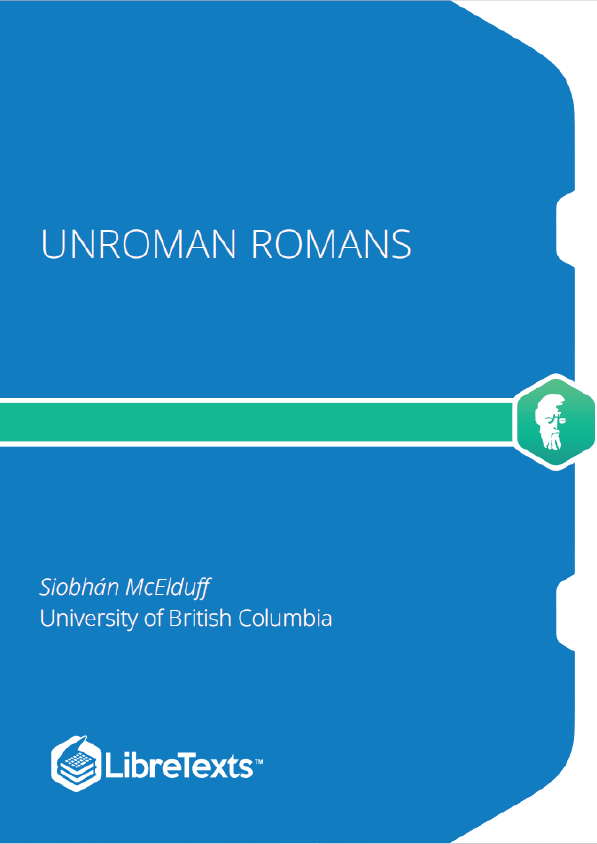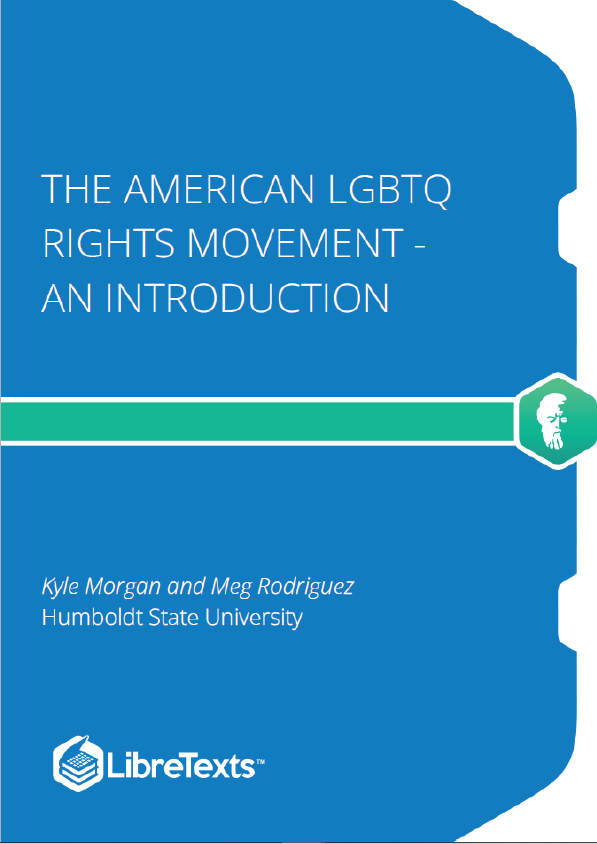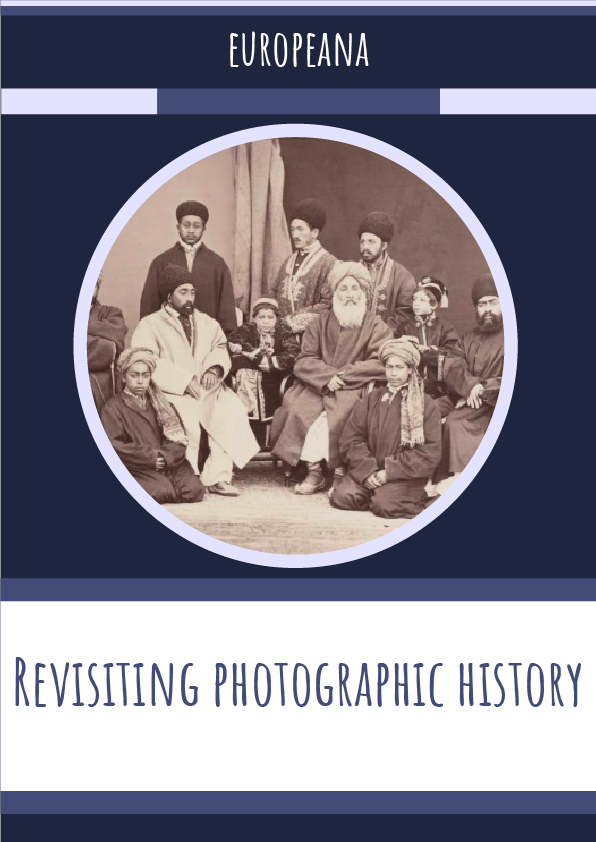THE TOGA AND HOW TO WEAR IT
The toga was very much the defining Roman garment – in fact, non-citizens and many exiles were not allowed to wear it. The poet Virgil called the Romans ‘the togaed race/gens togata’ (Aeneid 1.282), but despite that it was originally worn by both the Romans and the Etruscans. In the early days of Rome, both men and women wore the toga, men wearing it without anything underneath except a loincloth; even later when it was worn nearly exclusively by men it continued to be worn by girls until they were 12. In its original form, it was a very handy and useful garment, which could even be worn into battle if you tied it up. Later, as it started to use more cloth, the toga grew unwieldy and expensive, gradually declining in popularity. By the time of the Emperor Augustus’ reign, it was largely something reserved for formal occasions – a bit like black tie and formal gowns. In fact, Augustus had to enforce the wearing of the toga in reaction to this decline:
Augustus wanted also to revive the old style of dress, and once when he saw a crowd of men in dark cloaks in assembly, he cried out indignantly, “Look at them — ‘Romans, masters of the world and the togaed race’ , and he ordered the aediles never again to allow anyone to appear in the Forum or its neighbourhood except in the toga and without a cloak. Suetonius, Augustus 40.5 As part of his public image as a ruler who would revitalize good old-fashioned Roman values, Augustus was very careful about his public appearance and the image of old time simplicity he presented to the world: The simplicity of Augustus’ furniture and household goods may be seen from couches and tables still in existence, many of which are scarcely fine enough for a private citizen. They say that he always slept on a low and simply furnished bed. He wore common clothes for the house, made by his sister, wife, daughter or granddaughters, except on special occasions; his togas were neither close nor full, his purple stripe neither narrow nor broad, and his shoes somewhat high-soled, to make him look taller than he really was. But he always kept shoes and clothing to wear in public ready in his room for sudden and unexpected occasions.
WEARING THE TOGA ‘INAPPROPRIATELY’
In the Late Republic some Romans began to experiment with new materials, and, as older forms of social control lost their power, felt able to abandon the traditional all wool toga. Others, like Cicero, used this as a way to attack their enemies, as in the following speech from 63 BCE. Cicero was in the middle of dealing with a potential revolution by an aristocrat named Cataline and had managed to get him to leave the city; Cicero was now trying to get people to turn on Cataline’s supporters. One avenue of attack was to make them seem unRoman by attacking how they looked and the clothing they wore: 5 I wish he [Catiline] had taken with him those soldiers of his, whom I see hovering about the forum, standing about the senatehouse, even coming into the senate, all oiled up, glittering in purple. If they remain here, remember that we should not so much fear the army out there as as these men who have deserted the army.











